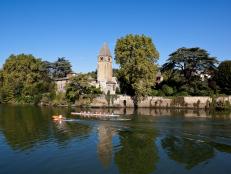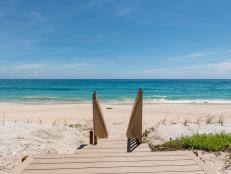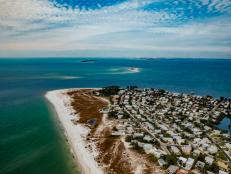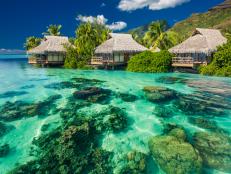1 / 11
Photo: Inmobiliaria Rimontgo, a member of Luxury Portfolio International
Living the Dream on a Spectacular Beach
Though it might be hard to believe, you could actually retire in a beach town and still have access to great health care and a low cost of living. How? By retiring in a town around the world known for its stunning beaches. Our travel expert picks some of the best beaches to retire around the world for you to explore.












